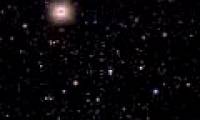
A series of dwarf galaxies and new dwarfs are considered to be the Milky Way's neighbor, scientists have found.
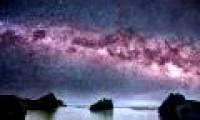
James Bullock, professor of physics and astronomy at the University of California, Irvine, USA, and colleagues conducted a theoretical study of the number of black holes in the

Supernova explosions are the culprits that cause super-high-flying stars to fly through galaxies.

Scientists have recently traced the source of the mysterious signal over the past decade, in a galaxy 3 billion light-years from Earth.

Finding the dwarf galaxies

The new discovery, published in the March 31 issue of the journal Nature, points to billions of years ago of precious metals like gold, silver, and platinum in the universe.

The Hubble Space Telescope has captured images of three strange galaxies and their existence can help scientists explain one of the mysteries of the universe.

Like the case of fossil vision that guessed an extinct creature, a black hole could provide information about its galaxy that had been previously destroyed. The Hubble Space

Some small galaxies have collided with the Milky Way. Similar clashes still occur in the future, but they cannot destroy the Milky Way as predicted by many scientists.

There is more than one path forming a dwarf galaxy, and NASA's Galaxy Evolution Explorer has found the new formula.
 A series of dwarf galaxies and new dwarfs are considered to be the Milky Way's neighbor, scientists have found.
A series of dwarf galaxies and new dwarfs are considered to be the Milky Way's neighbor, scientists have found. James Bullock, professor of physics and astronomy at the University of California, Irvine, USA, and colleagues conducted a theoretical study of the number of black holes in the
James Bullock, professor of physics and astronomy at the University of California, Irvine, USA, and colleagues conducted a theoretical study of the number of black holes in the Supernova explosions are the culprits that cause super-high-flying stars to fly through galaxies.
Supernova explosions are the culprits that cause super-high-flying stars to fly through galaxies. Scientists have recently traced the source of the mysterious signal over the past decade, in a galaxy 3 billion light-years from Earth.
Scientists have recently traced the source of the mysterious signal over the past decade, in a galaxy 3 billion light-years from Earth. Finding the dwarf galaxies
Finding the dwarf galaxies The new discovery, published in the March 31 issue of the journal Nature, points to billions of years ago of precious metals like gold, silver, and platinum in the universe.
The new discovery, published in the March 31 issue of the journal Nature, points to billions of years ago of precious metals like gold, silver, and platinum in the universe. The Hubble Space Telescope has captured images of three strange galaxies and their existence can help scientists explain one of the mysteries of the universe.
The Hubble Space Telescope has captured images of three strange galaxies and their existence can help scientists explain one of the mysteries of the universe. Like the case of fossil vision that guessed an extinct creature, a black hole could provide information about its galaxy that had been previously destroyed. The Hubble Space
Like the case of fossil vision that guessed an extinct creature, a black hole could provide information about its galaxy that had been previously destroyed. The Hubble Space Some small galaxies have collided with the Milky Way. Similar clashes still occur in the future, but they cannot destroy the Milky Way as predicted by many scientists.
Some small galaxies have collided with the Milky Way. Similar clashes still occur in the future, but they cannot destroy the Milky Way as predicted by many scientists. There is more than one path forming a dwarf galaxy, and NASA's Galaxy Evolution Explorer has found the new formula.
There is more than one path forming a dwarf galaxy, and NASA's Galaxy Evolution Explorer has found the new formula.
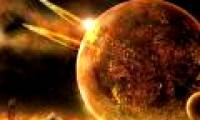
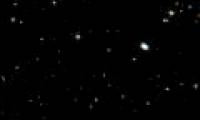


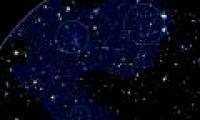
 Do signals from extraterrestrial civilizations detected by Sky Eye really exist?
Do signals from extraterrestrial civilizations detected by Sky Eye really exist? 'City without air conditioning' in China: People don't know what heat is!
'City without air conditioning' in China: People don't know what heat is! The element of the sun god is giving scientists a headache
The element of the sun god is giving scientists a headache Unique Village: Roofs Become Roads for Residents!
Unique Village: Roofs Become Roads for Residents! Top 7 strange psychological effects of the brain that we all have without knowing
Top 7 strange psychological effects of the brain that we all have without knowing Which is the most terrifying bedroom elixir in Chinese history?
Which is the most terrifying bedroom elixir in Chinese history? Earth's core may start rotating in reverse
Earth's core may start rotating in reverse A day in Japan can be up to 30 hours long, does this country live in a different 'timeline'?
A day in Japan can be up to 30 hours long, does this country live in a different 'timeline'?